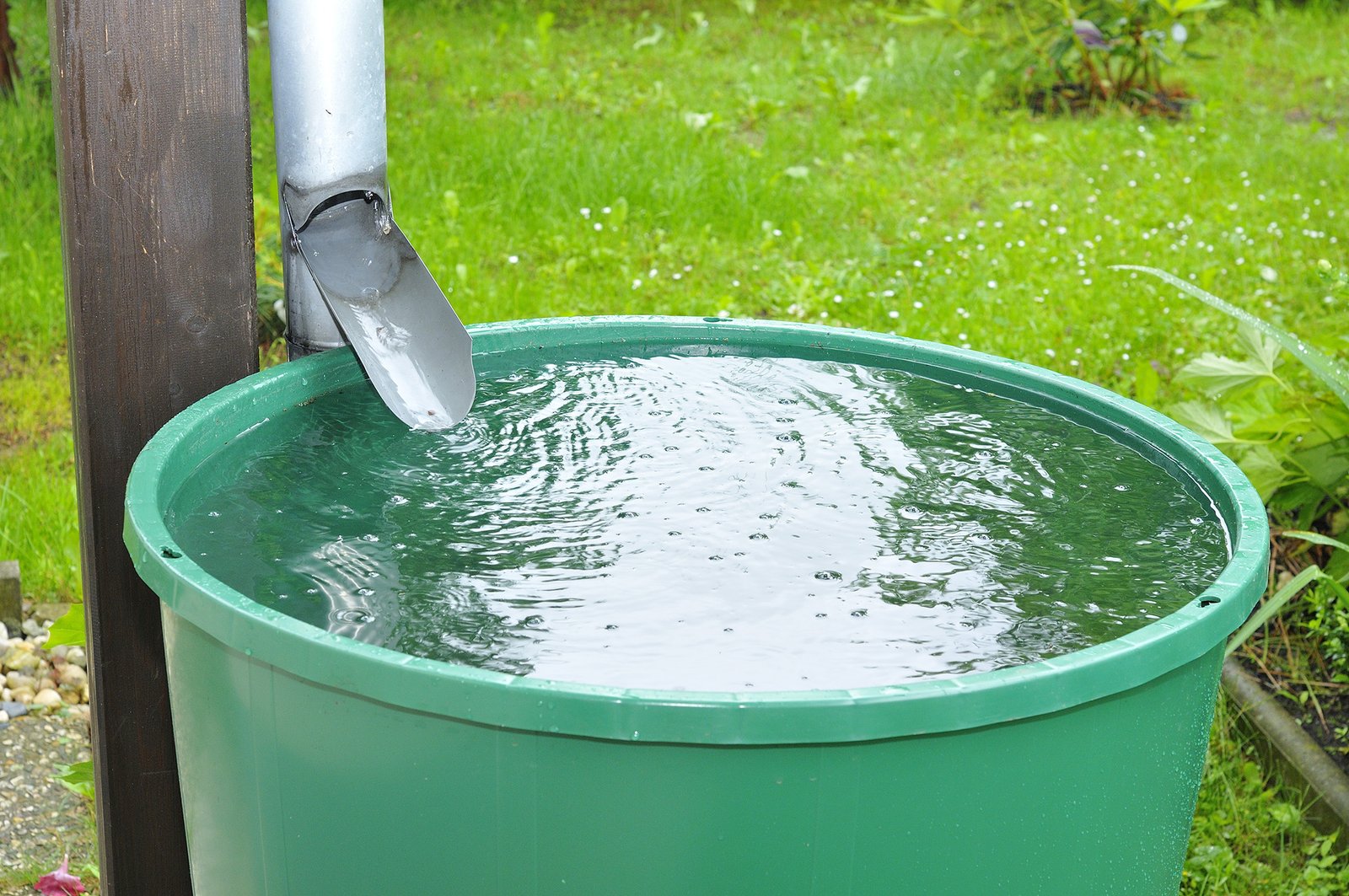
Rainwater Harvesting System How To
In the age of increasing environmental awareness and the desire to live sustainably, a rainwater harvesting system is a practical and eco-friendly solution for homeowners looking to reduce water usage. This simple yet effective system allows you to capture and store rainwater for use in gardens, landscaping, and even household tasks. This reduces your reliance on municipal water supplies and lowering your water bill. In this post, we will walk you through how to set up a basic rainwater harvesting system. Also explain why this project is a significant step toward sustainable living.
What Is Rainwater Harvesting?
Rainwater harvesting is the collection and storage of rainwater from rooftops or other surfaces for later use. This stored water can be used for various purposes, such as irrigating plants, washing cars, flushing toilets, and even drinking, with proper filtration. Rainwater harvesting is not only beneficial for homeowners but also for the environment; It helps to conserve water, reduce runoff, and decrease the strain on public water systems.
Benefits of Rainwater Harvesting
Before diving into the “how-to,” it’s essential to understand why setting up a rainwater harvesting system is beneficial:
- Environmental Impact: Rainwater harvesting reduces runoff, which often leads to erosion and pollution of local waterways. By capturing this water, you help lessen the burden on storm drains and contribute to better water management.
- Water Conservation: The average American uses around 80-100 gallons of water per day in water harvesting, you can significantly cut down on the use of potable water for non-drinking purposes.
- Cost Savings: By relying on collected rainwater for outdoor tasks like watering plants or washing cars, you can reduce your monthly water bill, especially in areas where water is expensive.
Materials You Will Need
Setting up a rainwater harvesting system can be as simple or complex as you want it to be. For a basic system, you’ll need:
- Gutter System: Ensure that your home’s gutter system is in good shape and has a way to direct rainwater from the roof into the collection system.
- Downspout Diverter: A device that diverts rainwater from the downspout into your storage container (rain barrel).
- Rain Barrel: A sturdy, sealed container where the rainwater will be stored. Many rain barrels are designed specifically for this purpose, often featuring lids, spigots, and hoses for easy access.
- Mesh Screen: To cover the barrel and keep debris, insects, and leaves out of the collected water.
- Overflow Valve: To direct excess water away from the barrel once it reaches capacity, preventing spills and flooding.
- Pump or Gravity System: For getting the water from your barrel to your garden or hose. Some systems use a pump, while others rely on gravity if the barrel is placed on a raised platform.
Step-by-Step Guide to Setting Up Your System
- Choose the Right Location: Place your rain barrel near a downspout where water naturally runs off your roof. It should be stable, easily accessible, and preferably elevated on a platform to make water distribution easier. If you’re using the water for your garden, choose a location that’s close to the area where you’ll need the water most.
- Install the Downspout Diverter: Attach a downspout diverter to your existing gutter system. This device redirects the water flow into your rain barrel while allowing any overflow to continue down the regular drainage path. Many diverters come with filters to prevent debris from entering your barrel, though a mesh screen can also be installed as an extra precaution.
- Set Up the Rain Barrel: Place the rain barrel on a stable surface, such as a concrete slab or specially-built platform. Ensure it is secure to avoid tipping over. Install the mesh screen over the top opening to prevent debris and insects from contaminating the water supply.
- Install the Overflow System: Rain barrels typically come with an overflow valve that allows excess water to escape when the barrel is full. You’ll want to connect this valve to a hose or drainage system to guide water safely away from your foundation.
- Add a Pump (Optional): If you want to use the collected rainwater for more than just watering your garden with a watering can, consider installing a small pump. This will allow you to direct the water through a hose or into an irrigation system. Some rain barrels are designed to work with gravity alone, meaning you won’t need a pump if the barrel is positioned high enough.
Maintaining Your System
Once your rainwater harvesting system is in place, maintenance is minimal but important. Clean your gutters and mesh screens regularly to prevent clogs. Check for leaks and ensure that the overflow system is working correctly, especially after heavy rains. If you live in a cold climate, be sure to drain your rain barrel before winter to prevent freezing damage.
Is Rainwater Safe for All Uses?
While collected rainwater is perfect for watering your plants and washing your car, it’s not necessarily safe for drinking or cooking unless you use a filtration system. Rainwater can pick up contaminants from the roof, such as dirt, bird droppings, or chemicals. If you plan to use the water indoors, consider installing a filtration system designed for rainwater, or limit use to non-potable tasks.
Real-World Impact: A Case Study
In drought-prone areas like California, rainwater harvesting has become an essential part of sustainable home projects. According to the Pacific Institute, residents who installed rainwater harvesting systems were able to reduce their water consumption by up to 30%. The Environmental Protection Agency (EPA) encourages rainwater harvesting as a low-cost, sustainable way to supplement traditional water sources and manage storm water runoff.
Conclusion
Setting up a rainwater harvesting system is an easy, cost-effective way to contribute to sustainable living. Not only does it conserve water, but it also helps reduce the environmental impact of your home. With a few simple materials and some basic installation, you can be on your way to harvesting rainwater and creating a more eco-friendly household.
Whether you’re passionate about reducing your water bill or eager to lessen your environmental footprint. This sustainable home project is a valuable first step in making your home and lifestyle more self-sufficient.
Sources
- U.S. Environmental Protection Agency. “What is Green Infrastructure?” Accessed October 22, 2024. https://www.epa.gov/green-infrastructure/what-green-infrastructure.
- Pacific Institute. “Rainwater Harvesting and Water Conservation.” Accessed October 22, 2024. https://pacinst.org/publication/rainwater-harvesting/.


